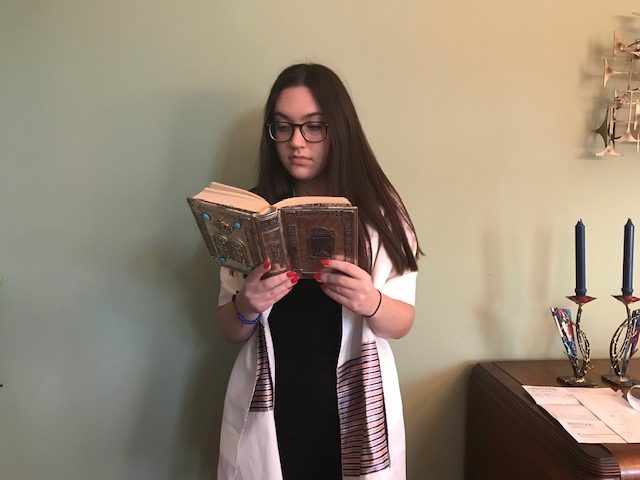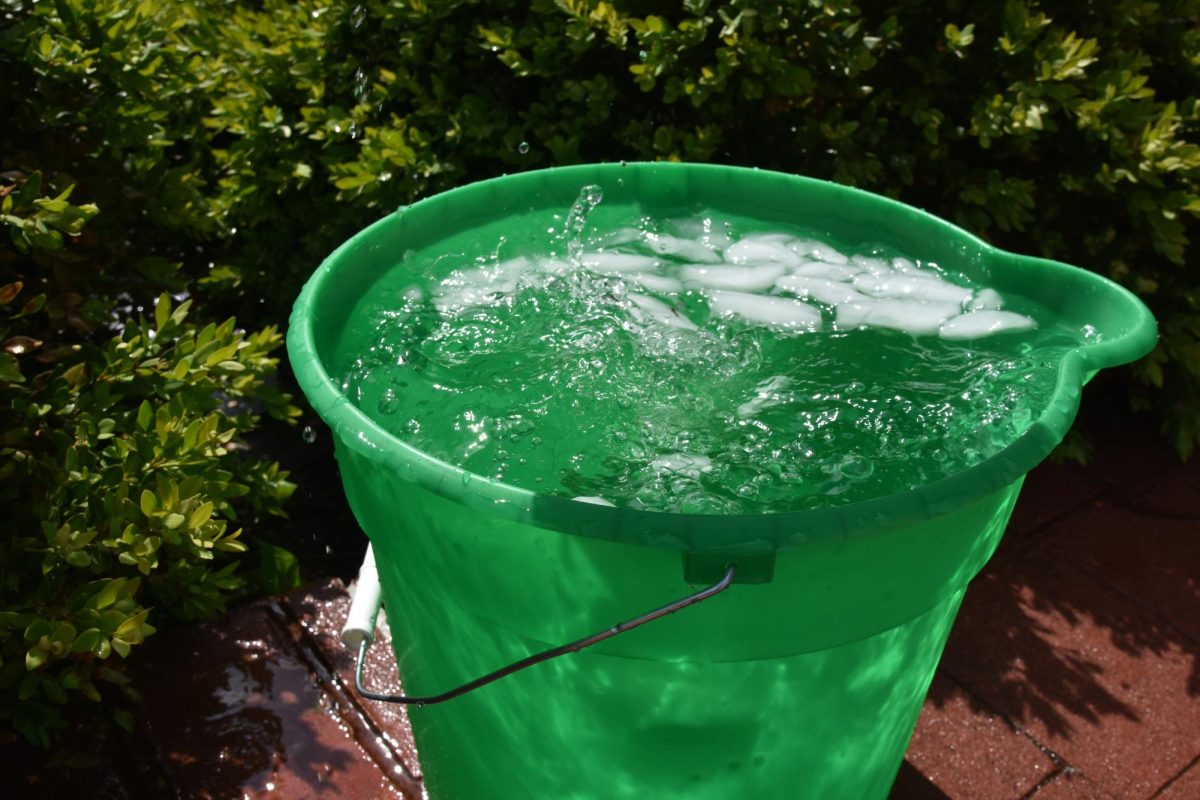The empty desks within our classrooms may seem sporadic, but at synagogues across town, greetings of “Shanah Tova!” echo all around. In celebration of Rosh Hashanah, here is your guide to the Jewish New Year.
1. How to say the words.
Some may pronounce Rosh Hashanah, the name of the Jewish New Year Holiday “rashashanuh,” while others may pronounce it “rush ha-sha-nah.” Both ways are accepted.
To wish your Jewish friends a ‘Happy New Year,’ it is customary to say “Shanah Tova” pronounced “Sha-NAH To-VAH.”
2. The day of the celebration varies annually.
This year, Rosh Hashanah is celebrated Monday, Sept. 29, while next year, it will be celebrated Friday, Sept. 18. Judaism follows the lunar months and the solar year, so Rosh Hashanah falls sometime in early autumn each year.
3. Rosh Hashanah begins at sundown Sunday and ends at sundown Tuesday. Jews can attend services throughout the evening and daytime.
Rosh Hashanah is a time of reflection on one’s actions over the past year and sincere repentance for any sins. Jews attend services and listen to the blowing of the shofar (a ram’s horn).
“[The shofar] is sort of like an instrument: we blow into it in different patterns to represent the different parts of the prayer,” junior Sara Marks said. “It symbolizes the calling [of] the New Year.”
On the second day of Rosh Hashanah, Jews pray at rivers, lakes or oceans for the “Tashlich” ceremony. This is in addition to the traditional synagogue service. Jews bring bread or some sort of food to throw into the body of water to cast off their sins for the year while praying.
As it is a religious holiday that asks for a commitment, freshman Tyler Lang believes the district should recognize it and have a day off in observance.
“We shouldn’t have school because there are similar holidays in other religions that we do get off for, but for Rosh Hashanah, we don’t,” Lang said. “It is an important holiday, and we should get to celebrate with our families and our culture.”
Rosh Hashanah is supposed to be a day of rest, not labor. Jews are forbidden to work.

Dinner on Rosh Hashanah traditionally begins with apple slices dipped in honey, for a sweet new year.
4. Traditional foods hold symbolistic value.
“We eat apples and honey to symbolize a sweet start to a new year,” junior Joe Rosenberg said.
Challah, a bread usually braided in a straight loaf, is served round with raisins on Rosh Hashanah, to symbolize the year is round.
Pomegranates are often found on the dinner table during Rosh Hashanah as well because they have 613 seeds, which symbolizes the 613 “mitzvot” or commandments in the Torah that Jewish people are supposed to follow.

A freshly-baked challah horn at Whole Foods. Rosh Hashana is the one time of the year when the challah is round rather than braided.
5. Rosh Hashanah marks the beginning of the High Holy days.
The ten days that follow Rosh Hashanah are a time to focus on making the world a better place, Tikun Olam. Judaism encourages people to find solutions to problems they may find themselves lamenting, therefore improving the quality of life for those around them in the upcoming year.




![Smiling in a sea of Longhorns, Fox 2 reporter Ty Hawkins joins junior Darren Young during the morning Oct. 3 pep rally. The last time West was featured in this segment was 2011. “[I hope people see this and think] if you come to [Parkway] West, you will have the time of your life because there are so many fun activities to do that make it feel like you belong here. I was surprised so many people attended, but it was a lot of fun,” Young said.](https://pwestpathfinder.com/wp-content/uploads/2025/10/Edited2-1200x798.jpg)
![West High seniors and families listen as a representative of The Scholarship Foundation of St. Louis, Teresa Steinkamp, leads a Free Application for Federal Student Aid (FAFSA) workshop. This session, held in the library, provided guidance on financial aid, scholarships and student loan options. “This event is very beneficial for any seniors who are applying to or considering applying to colleges after high school [because] the cost of college is on the rise for seniors and parents,” college and career counselor Chris Lorenz said.](https://pwestpathfinder.com/wp-content/uploads/2025/09/DSC_4478-1200x778.jpg)
![Senior Kamori Berry walks across the field during halftime at the Homecoming football game on Sept. 12. During the pep assembly earlier that day, she was pronounced Homecoming Queen. “I thought it was nice that the crowd [started] cheering right away. I know [my friends] were really excited for me, and my family was happy because typically non-white people don't win,” Berry said.](https://pwestpathfinder.com/wp-content/uploads/2025/09/DSC7046-Enhanced-NR-1200x798.jpg)



![Pitching the ball on Apr. 14, senior Henry Wild and his team play against Belleville East. Wild was named scholar athlete of the year by St. Louis Post-Dispatch after maintaining a high cumulative GPA and staying involved with athletics for all of high school. “It’s an amazing honor. I feel very blessed to have the opportunity to represent my school [and] what [it] stands for,” Wild said.](https://pwestpathfinder.com/wp-content/uploads/2025/05/unnamed-6-1200x714.jpg)
![The Glory of Missouri award recipients stand with their certificates after finding out which virtue they were chosen to represent. When discovering their virtues, some recipients were met with contented confirmation, while others, complete surprise. “I was not at all surprised to get Truth. I discussed that with some of the other people who were getting the awards as well, and that came up as something I might get. Being in journalism, [Fellowship of Christian Athletes and] Speech and Debate, there's a culture of really caring about truth as a principle that I've tried to contribute to as well. I was very glad; [Truth] was a great one to get,” senior Will Gonsior said.](https://pwestpathfinder.com/wp-content/uploads/2025/04/Group-Glory-of-Missouri.jpg)


Melanie Marks • Oct 3, 2019 at 10:08 pm
This is a great article! I love the picture of my beautiful niece Sara Marks!